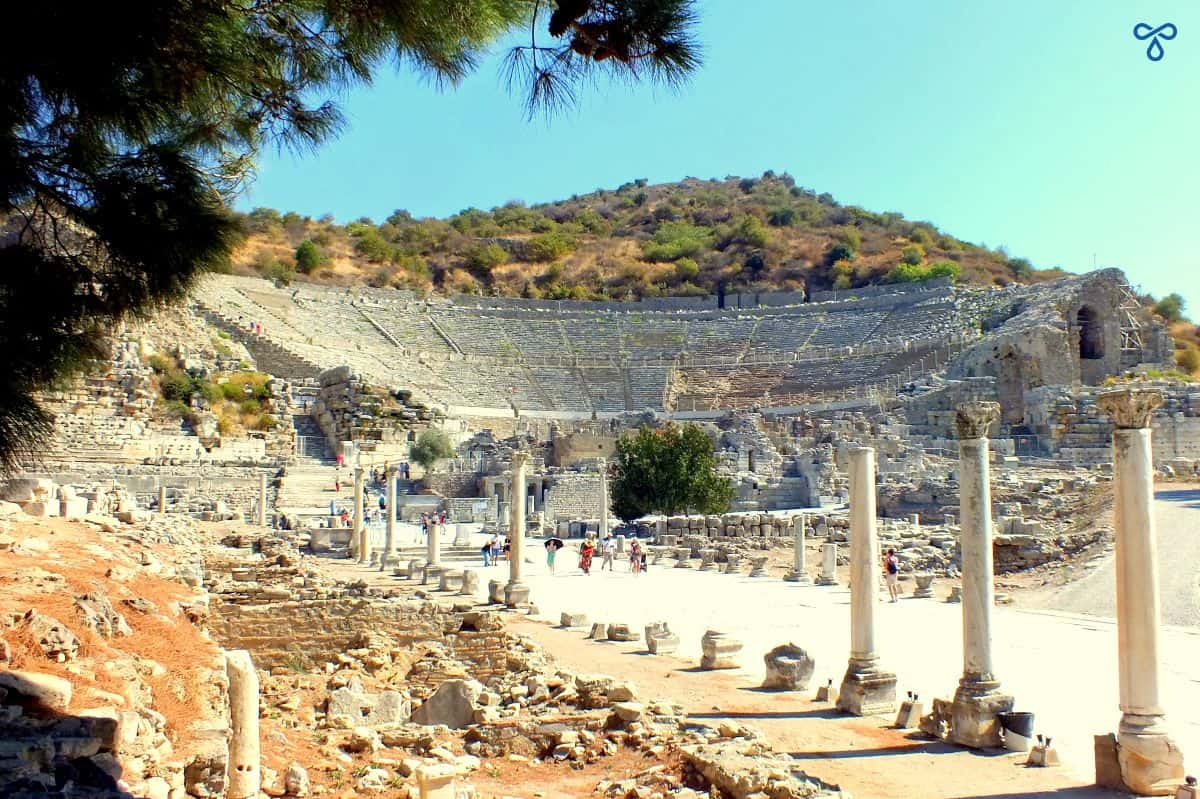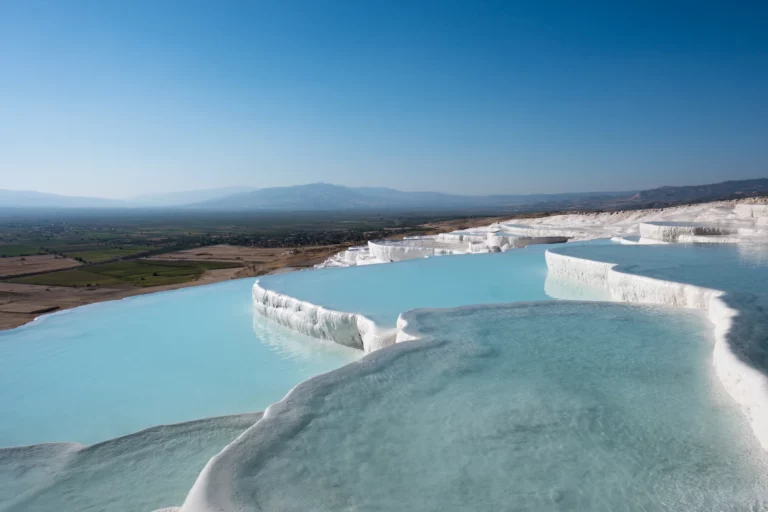Ephesus Turkey Ancient Ruins, Roman Legends, and Timeless Beauty
Welcome to Ephesus, or as we like to call it, the original open-air museum before open-air museums were even a thing. Nestled in western Turkey near the Aegean coast, Ephesus is a place where time took a break, and the past decided to hang out with the present.
This ancient city is a magnet for historians, wanderers, and that one tourist who insists on taking selfies with every single column. With its blend of Roman grandeur, biblical history, and Turkish hospitality, Ephesus is more than just a ruin; it’s a full-on storybook, and guess what? You’re about to flip through every epic page.
A Quick Time Travel: What Is Ephesus, Anyway?
Ephesus was once one of the most important cities in the Roman Empire. Not just your average town with some old buildings, this place was a major hub. We’re talking politics, commerce, religion, and drama worthy of a Netflix special.
Founded in the 10th century BCE by Ionian Greeks, the city hit its golden age under Roman rule around the 1st and 2nd centuries CE. Imagine wide marble streets, temples, libraries, bathhouses, and a whole lot of toga action. Today, it’s one of the best-preserved classical cities in the world.
Getting There: You Don’t Need a Time Machine
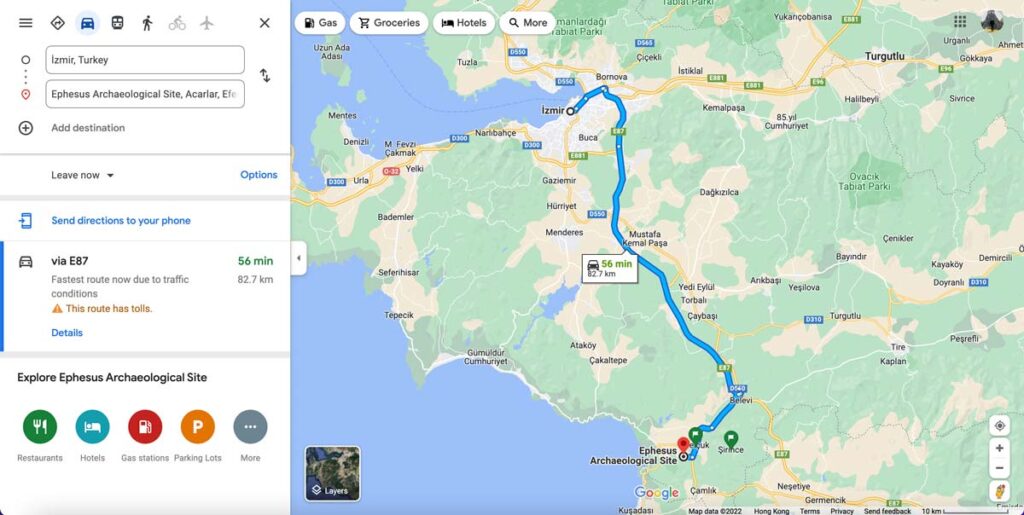
To visit Ephesus, fly into Izmir (Turkey’s third-largest city), then take a 1-hour drive to the town of Selçuk. From there, it’s an easy hop to the site. If you’re the road-trip type, the drive along the Aegean coast is worth it for the views alone.
The Icons of Ephesus Must-See Ruins
The Library of Celsus
Let’s start with the Instagram star. The Library of Celsus is arguably Ephesus’s most photogenic ruin. Built in the 2nd century CE, it once held over 12,000 scrolls. Itly the Roman version of a flex: “Look how cultured we are!”
The Great Theatre
Big enough to seat 25,000 people (yes, that’s a lot of togas), the Great Theatre was used for concerts, plays, and gladiator battles. If these stones could talk, they’d have some wild backstage gossip.
Marble Street
Walk in the literal footsteps of ancient Ephesians. This well-preserved road still has grooves from cart wheels. If you’re wondering what kind of traffic jams they had back then, this is it.
Terrace Houses
Ever wondered how the elite lived? Peek inside the lavish homes of the upper class, complete with mosaics, frescoes, and underfloor heating. Fancy, right?
Temple of Artemis
One of the Seven Wonders of the Ancient World, though only a few columns remain, it’s still a powerful reminder of what once stood here. People came from all over the ancient world to worship at this temple.
The Biblical Bonus
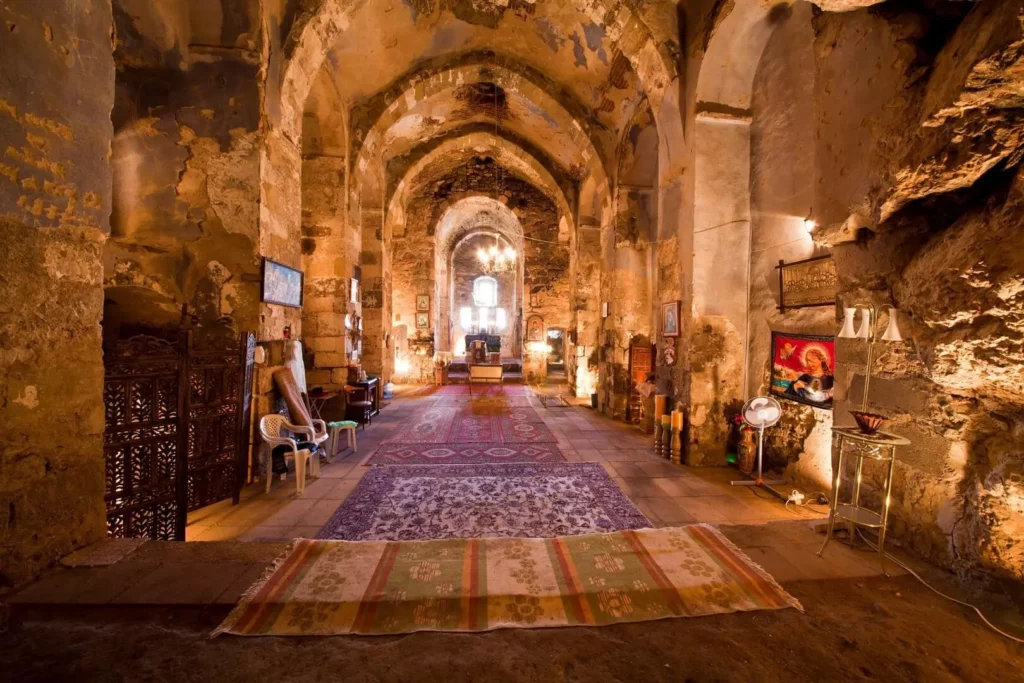
Ephesus isn’t just for Roman history buffs; it’s also a key site in early Christianity. The city is mentioned in the New Testament multiple times. Saint Paul preached here, and tradition says the Virgin Mary spent her final years nearby.
You can visit the House of the Virgin Mary, a serene hilltop shrine that blends spirituality with incredible views.
Fun Fact Intermission
- The Library of Celsus wasn’t just for books; it’s also a tomb. Yep, its namesake is buried right beneath it.
- The city had one of the first known public toilets. Multi-seat, no partitions. Talk about awkward social moments.
- Archaeologists are still discovering new parts of Ephesus. So technically, the city is still under construction.
Local Flavor: What to Eat After All That Walking

After roaming ruins, it’s time to roam through menus. Try “Gözleme” (savory Turkish crepes), “Kebap,” or the local favorite “Kuzu Tandir” (slow-cooked lamb). Pair it with a glass of Turkish tea or maybe even some pomegranate juice from a street vendor. Ancient ruins + street snacks = perfect combo.
Best Times to Visit
Spring (April–June) and Fall (September–October) offer the best weather. Summer can be scorching, and no one wants to melt on Marble Street.
Tips from the Ancient Travelers’ Club (Okay, Just Us)
- Start Early: Beat the crowds and the heat.
- Wear Good Shoes: Marble + sandals = slippery situation.
- Hire a Guide or Audio Tour: There’s a story behind every stone. Don’t miss them.
- Bring Water: Ancient Rome had aqueducts. You don’t.
The Eternal Allure of Ephesus
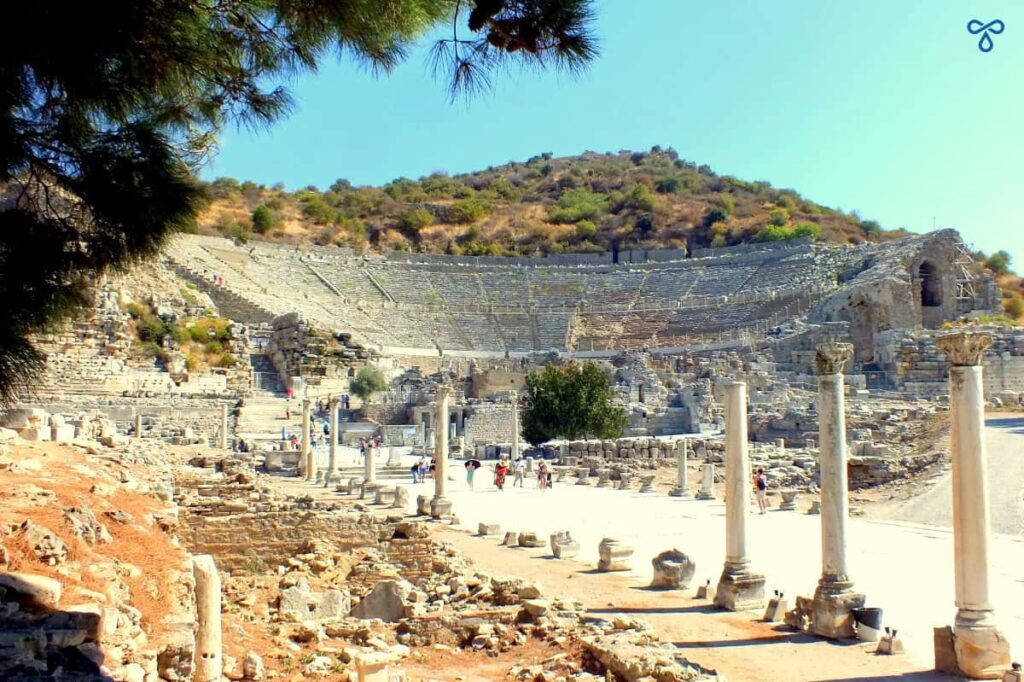
What makes Ephesus truly magical isn’t just the ruins, it’s how alive it still feels. As you wander through ancient libraries, temples, and homes, you can almost hear the echo of sandals, the chatter of merchants, and the quiet awe of pilgrims.
Ephesus is more than a tourist site. It’s a portal. A place where myths, history, and modern curiosity all collide in the best possible way.
So pack your sunhat, grab your camera, and let your imagination run wild. Because Ephesus is waiting for us, it’s been waiting for a very long time.
Frequently Asked Questions (FAQs)
Is Ephesus worth visiting?
Absolutely. Unless you hate epic ruins, history that slaps, and feeling like you’ve time-traveled to a toga-wearing empire. Ephesus is one of the most well-preserved Roman cities outside Italy, so yeah, totally worth it.
Where is Ephesus located?
Ephesus is in western Turkey, near the town of Selçuk and not far from the Aegean coast. It’s about an hour’s drive from Izmir. So yes, history and beach vibes in one trip. Jackpot.
How much does it cost to visit Ephesus?
Entrance fees vary slightly by season, but you can expect to pay around 15–20 USD for a basic ticket. The Terrace Houses require a separate ticket, but they’re worth the extra bucks. Audio guides or real-life human guides? Also available.
What should I bring when visiting?
Good shoes (marble streets aren’t sneaker-friendly), water, sunscreen, a camera, and your curiosity. A hat is a solid idea, too, unless you enjoy slow roasting under the Turkish sun.
How long should I spend at Ephesus?
Give yourself at least 2–3 hours to explore the main site. Add another hour if you’re visiting the Terrace Houses or planning to take that perfect Instagram shot at every ruin (we see you).
Is Ephesus a religious site?
Yes, partially. It’s significant to both early Christianity and ancient pagan religions. You’ll find the ruins of temples, the House of the Virgin Mary nearby, and sites tied to the Apostle Paul. Spiritual, historical, and kinda legendary.
Can I take photos in Ephesus?
Of course! Just don’t climb on the ruins or try to reenact a gladiator fight for TikTok. Respect the ancient vibes, ya know?
Can I do a day trip from Izmir or Kusadasi?
Definitely. From Izmir, it’s about 1 hour by car. From Kusadasi (a cruise port), even closer. If you’re staying in either city, a day trip is super doable and totally recommended.
Are there souvenirs?
Yes, Selçuk town has markets full of Turkish goodies such think mosaics, carpets, ceramics, and the occasional “ancient Roman” fridge magnet. No judgment.

